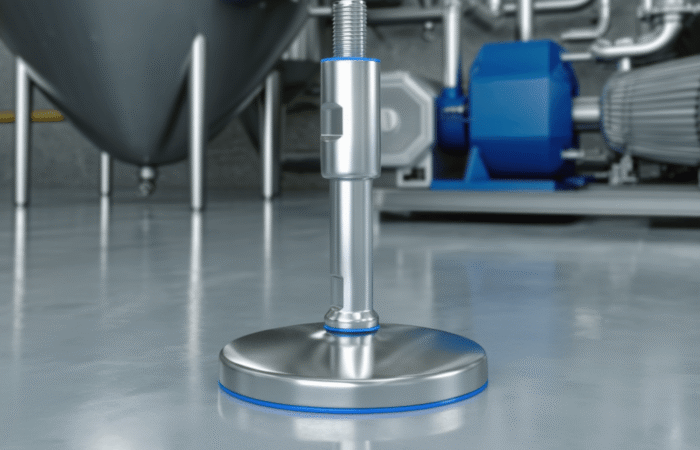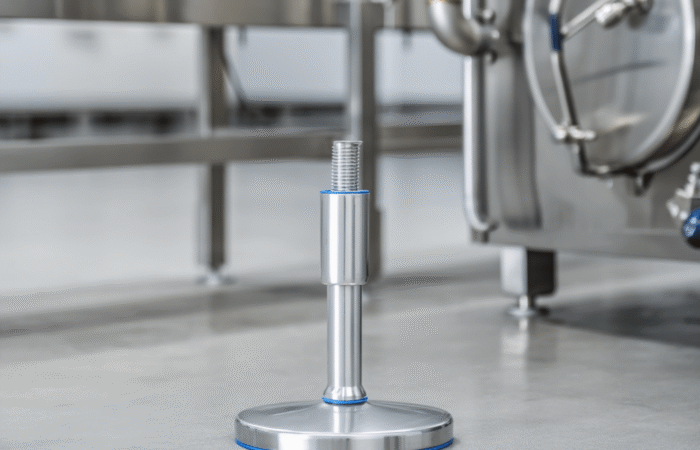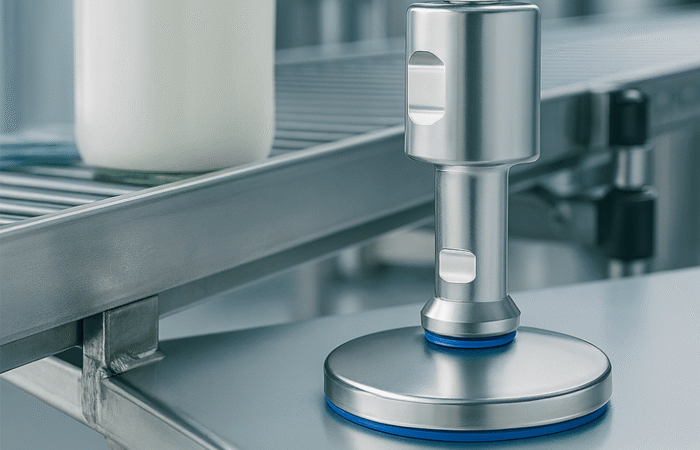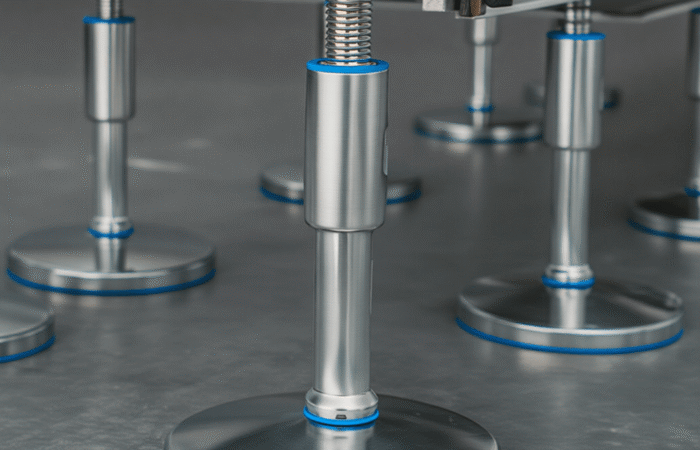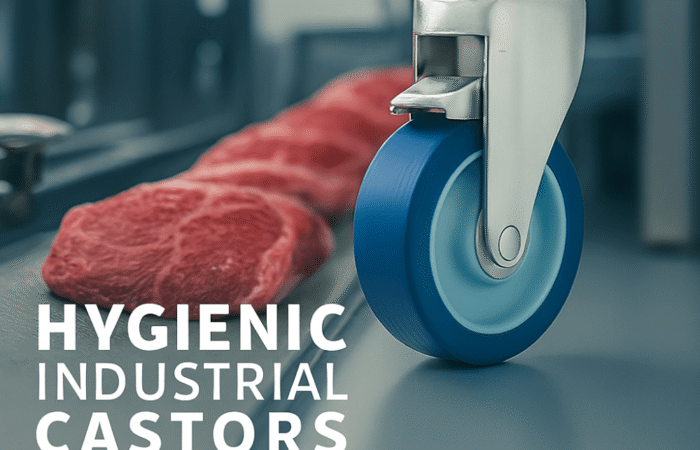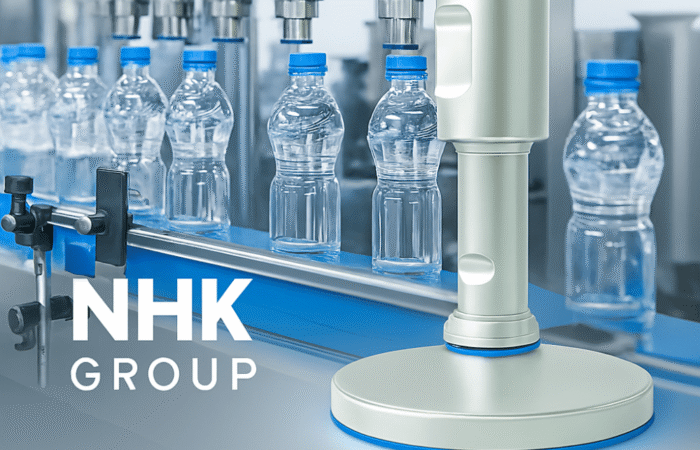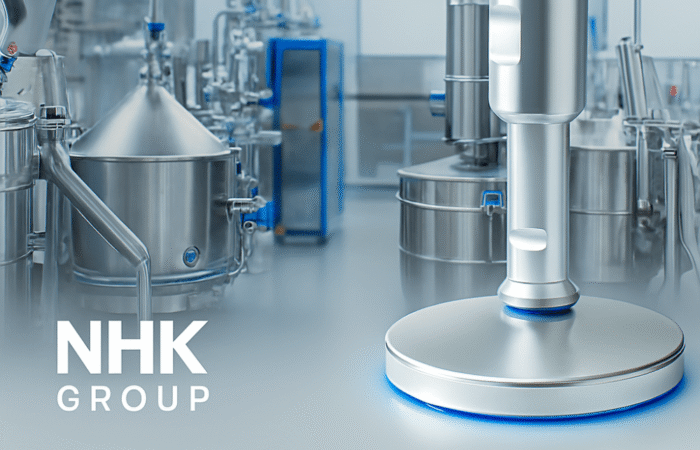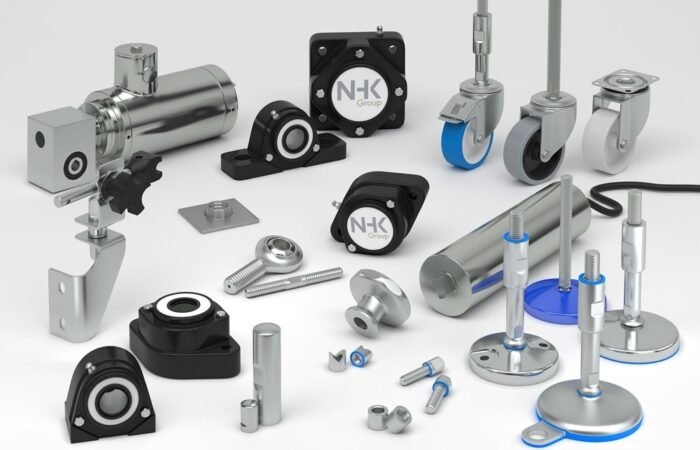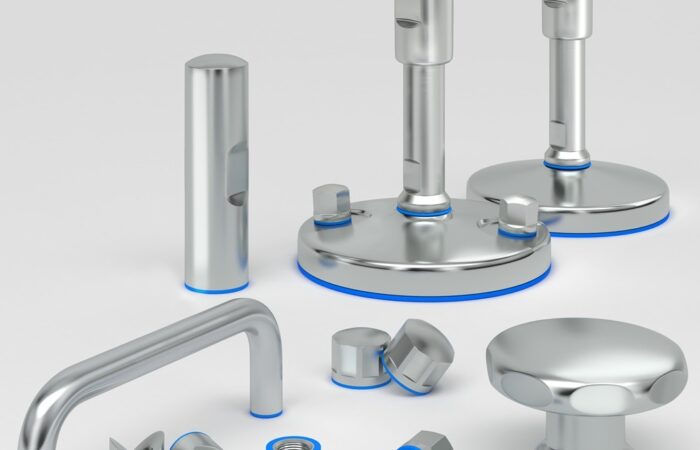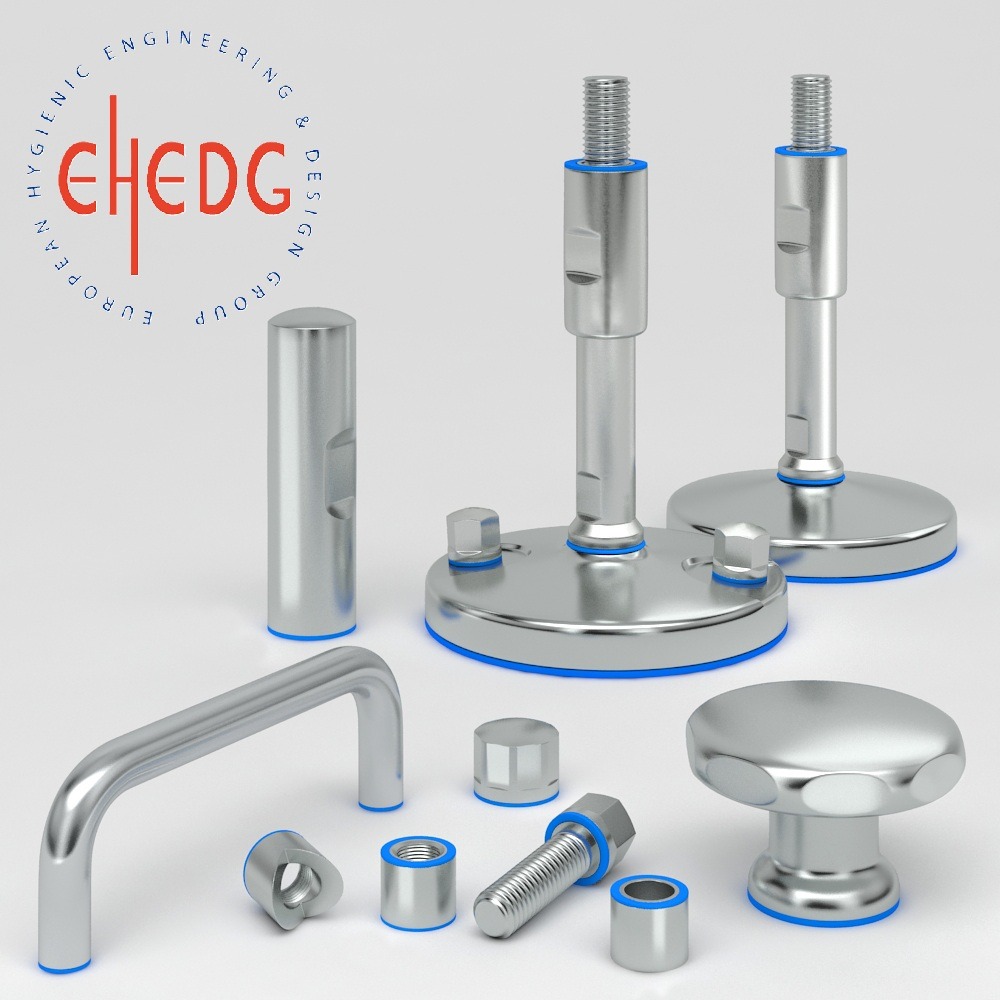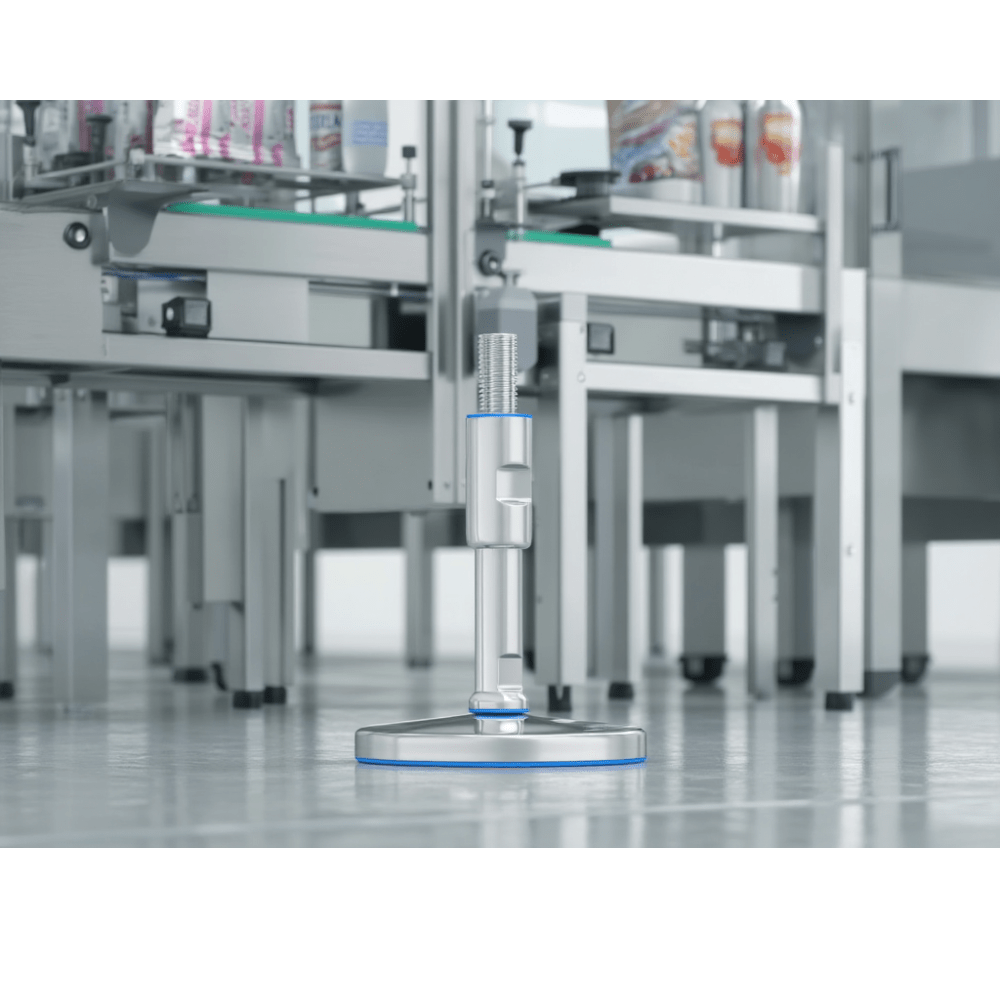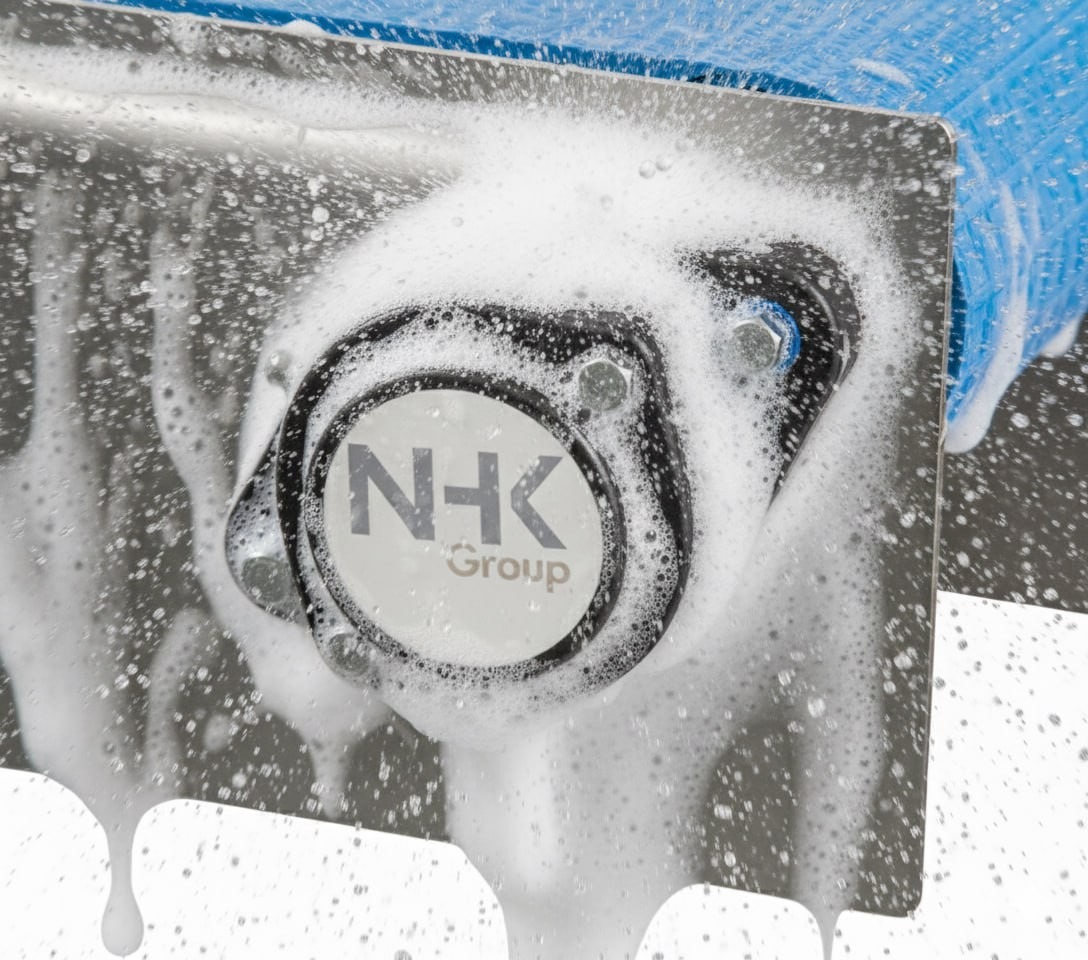
Reduce downtime and maintenance costs
In the highly competitive food and beverage industry, efficiency and safety are paramount. Maintaining hygiene standards while ensuring minimal downtime and reduced maintenance costs is crucial for manufacturers. This is where EHEDG and 3-A SSI certified components play a significant role. These certifications guarantee that equipment meets the highest hygiene standards, which helps in streamlining operations, reducing downtime, and lowering maintenance costs. EHEDG (European Hygienic Engineering and Design Group) is a consortium of equipment manufacturers, food industries, research institutes, and public health authorities. EHEDG certification ensures that equipment is designed for hygiene and cleaning efficacy, reducing the risk of contamination in food processing environments. 3-A SSI (3-A Sanitary Standards, Inc.) is a U.S.-based organization that develops standards for hygienic equipment design in the dairy and food industries. 3-A SSI certification assures that equipment is easy to clean, sanitize, and inspect, meeting rigorous sanitation standards. Both certifications are essential for companies looking to maintain high hygiene standards while reducing downtime and maintenance costs. Certified components are tested for durability and reliability under rigorous conditions. This ensures that the equipment can withstand the demands of the food processing environment. With enhanced reliability, equipment failures become less frequent, reducing unexpected downtime and maintenance interventions. Equipment with EHEDG and 3-A SSI certifications is designed to be easier to clean, with smooth surfaces and minimal crevices that can harbor bacteria. This not only improves hygiene but also reduces the time and resources required for cleaning, allowing for more productive operation hours. Adhering to industry standards is critical for any food and beverage company. EHEDG and 3-A SSI certifications help businesses comply with international and national regulations, minimizing the risk of costly fines and production halts due to non-compliance. Hygienic design reduces the risk of contamination, which is vital for maintaining product quality and safety. This minimizes product recalls and associated costs, protecting both the company’s reputation and bottom line. When selecting equipment for food and beverage processing, opting for EHEDG and 3-A SSI certified components is a strategic decision. Here are some steps to effectively implement these components: Several companies have successfully implemented EHEDG and 3-A SSI certified components, witnessing significant improvements in their operations. A leading dairy processing plant replaced its existing equipment with 3-A SSI certified components. The plant reported a 30% reduction in downtime and a 25% decrease in maintenance costs within the first year. The hygienic design also helped in achieving compliance with international dairy standards, opening new markets for the company. A beverage manufacturer adopted EHEDG certified pumps and valves, which led to a 20% increase in production efficiency. The ease of cleaning and reduced risk of contamination allowed the manufacturer to streamline their processes, reducing product recalls and enhancing brand reputation. Incorporating EHEDG and 3-A SSI certified components into your operations can yield significant benefits, including reduced downtime and maintenance costs. These certifications ensure that equipment is designed with hygiene and efficiency in mind, allowing companies in the food and beverage industry to maintain high standards of safety and productivity. By investing in certified components, businesses can enhance their operational efficiency, comply with regulations, and ultimately, safeguard their reputation and profitability.Reducing Downtime and Maintenance Costs in Food and Beverage Industries
Understanding EHEDG and 3-A SSI Certifications
The Importance of Certified Components
Key Benefits of EHEDG and 3-A SSI Certified Components
1. Enhanced Equipment Reliability
2. Improved Cleaning Efficiency
3. Compliance with Regulations
4. Minimized Risk of Contamination
Implementing Certified Components in Your Operations
Case Studies: Success Stories in the Industry
Case Study 1: Dairy Processing Plant
Case Study 2: Beverage Manufacturer
Reduce downtime and maintenance costs
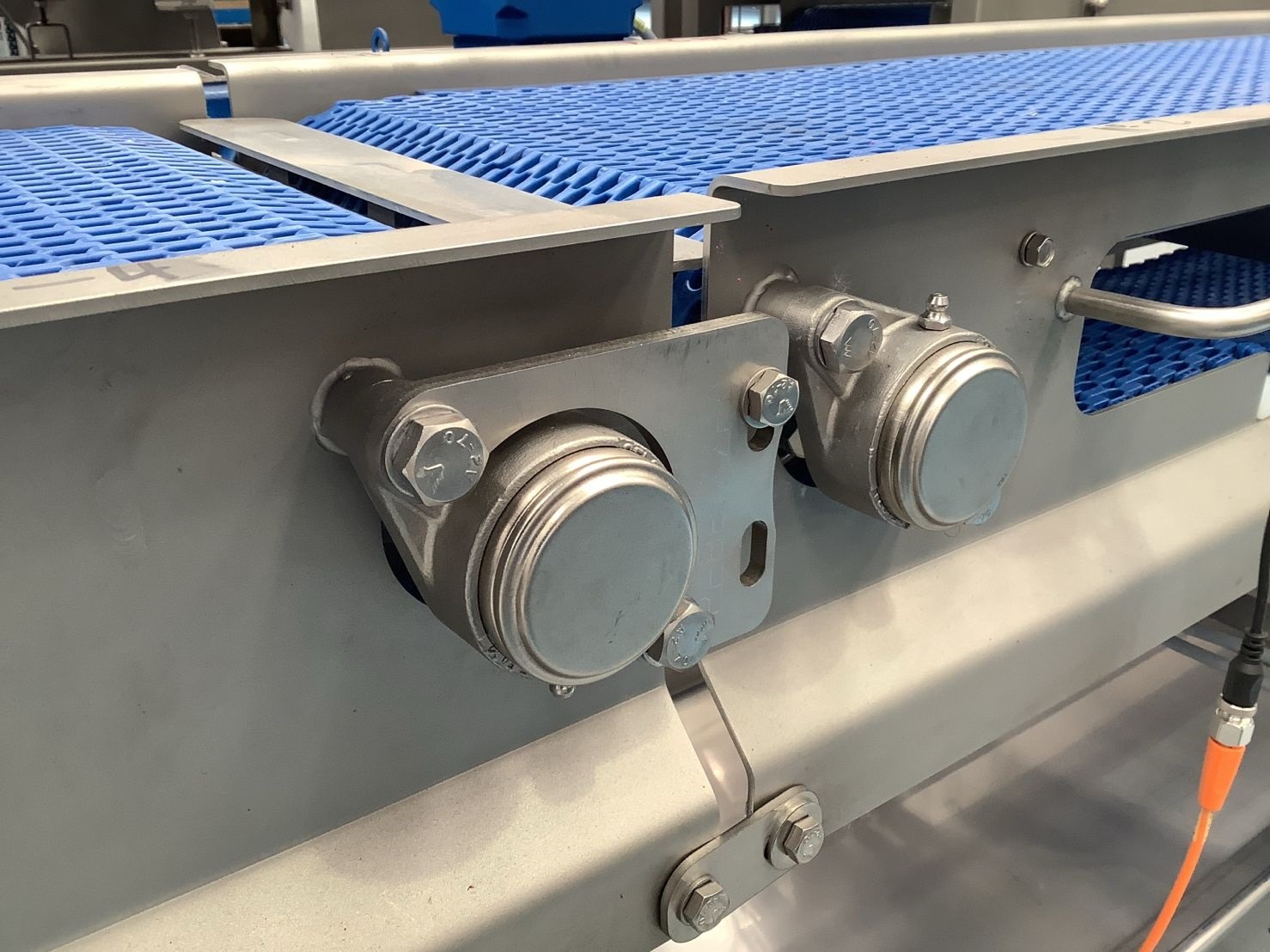
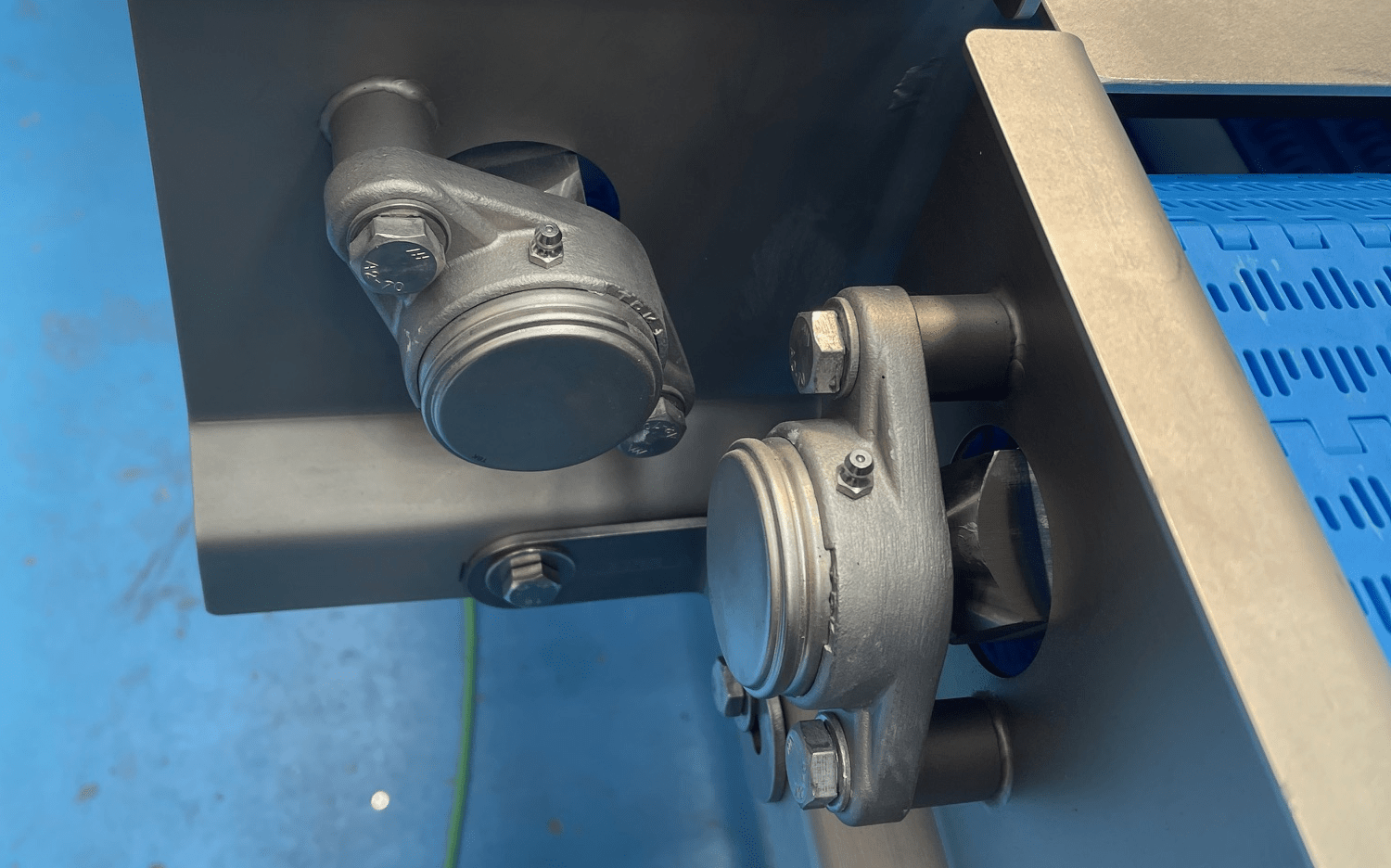
Contact


